New Mexico is grappling with a severe shortage of medical professionals, according to recent estimates from the federal Health Resources and Services Administration. The state currently has approximately 83% of the healthcare workforce needed, a figure that falls 10 percentage points below the national average. This gap is expected to persist through 2030, as officials and healthcare leaders work to address the issue.
During a recent visit to Health Leadership High School in Albuquerque, Troy Clark, president and CEO of the New Mexico Hospital Association, emphasized the wide range of positions affected. He inquired of the students, “Which one of these positions do you think is significantly short in filling their positions with workforce?” The answer, he noted, is all of them. From doctors and nurses to phlebotomists and dietitians, all fields face significant challenges in recruitment and retention.
The complexity of New Mexico’s healthcare shortage varies by specialty. For instance, the state is critically short of psychologists, possessing only about half of the number required. By 2030, predictions indicate that New Mexico will have enough psychologists to meet just 29% of demand. Similarly, other roles in behavioral health, such as addiction counselors and child psychologists, are insufficient to meet the needs of the population. While the number of psychiatric nurse practitioners is on the rise, the overall supply of behavioral health workers remains inadequate.
In response to these challenges, state lawmakers proposed various solutions during the 2025 legislative session. Suggestions included reforms in medical malpractice, joining interstate licensure compacts, and changes to tax policy. Yet, none of these proposals successfully passed through the legislature. Clark insists that a multi-faceted approach is necessary to tackle the shortage effectively, advocating for expanded student slots in health education and improved loan repayment options for graduates.
The shortage extends to other medical specialties as well. Estimates reveal that New Mexico has only about two-thirds of the anesthesiologists, cardiologists, dermatologists, gastroenterologists, and neurologists it requires. These deficits are projected to worsen by 2030. Conversely, the state has an adequate number of emergency medicine doctors, exceeding the national average with 109% of the required workforce. General surgeons and pediatricians are also close to meeting demand at 96% and 94%, respectively.
The situation is particularly dire for registered nurses. New Mexico needs over 19,000 registered nurses but currently has just over 12,000, according to the 2025 estimates. An analysis from the Legislative Finance Committee indicated that more than 2,700 online job postings for registered nurses were recorded in June, significantly higher than the demand for physicians.
Despite the alarming figures, there is some optimism regarding the nursing shortage. While New Mexico has only about 67% of the nurses it needs, projections suggest this figure may improve to around 72% by 2030, as the state prepares to graduate more registered nurses. Additionally, the state possesses a sufficient number of nurse practitioners, who are trained to perform advanced medical duties, and is expected to meet 158% of patient demand by 2030.
As New Mexico confronts these workforce challenges, the state is also working to implement Senate Bill 3, legislation aimed at reforming behavioral health care. The bill mandates regional plans to address ongoing gaps in care, an essential step as the state seeks to enhance its healthcare system’s responsiveness to citizens’ needs.
The complex landscape of healthcare provision in New Mexico signifies a critical moment for both policymakers and educational institutions. Addressing these shortages requires collaboration and innovative solutions to ensure the state’s health care system can meet current and future demands.







